Glenveagh National Park is a stunning natural escape known for its pristine habitats, protected wildlife, and breathtaking landscapes. The park is nestled in the wild and rugged Derryveagh Mountains, offering visitors a chance to explore the stunning Victorian Castle and Gardens along Lough Veagh.
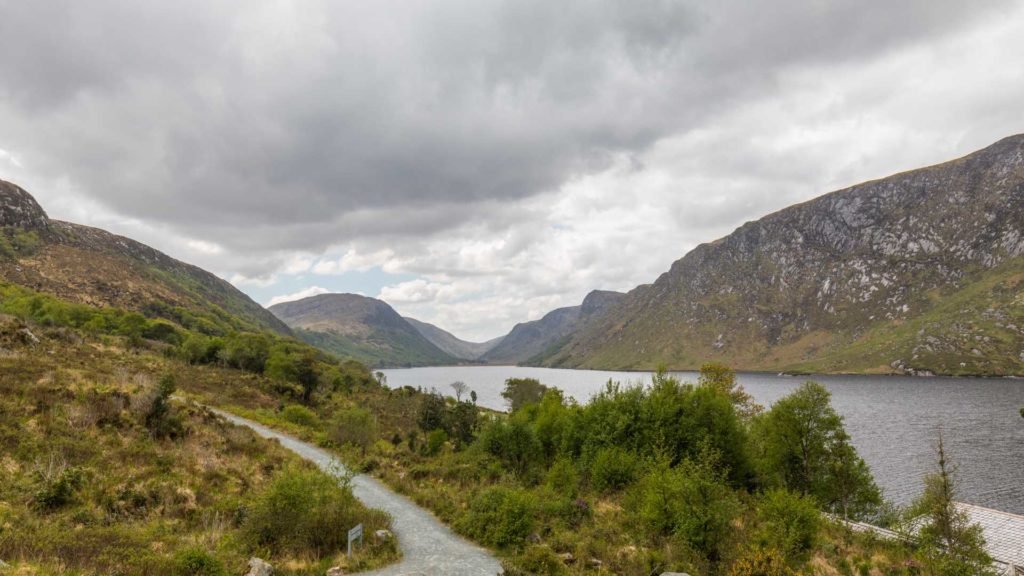
Glenveagh is an ideal destination, providing trails for all ages and abilities to enjoy the beauty of the glaciated valley, rivers, waterfalls, and pristine woodlands that have existed long before people.
Whether visiting in spring to enjoy the fresh aromas of nature or during autumn to witness ribbons of golden colors, Glenveagh National Park promises a memorable experience in every season. Here you can explore your complete guide to visit Glenveagh National Park.
Essential Information for Glenveagh National Park
Location
The park is located on the shore of an expansive lake called Lough Veagh, and having formerly been an estate; it also includes the renowned Glenveagh Castle at the very centre. The estate basks in its glorious wilderness and is magnificent in its scenic splendour.
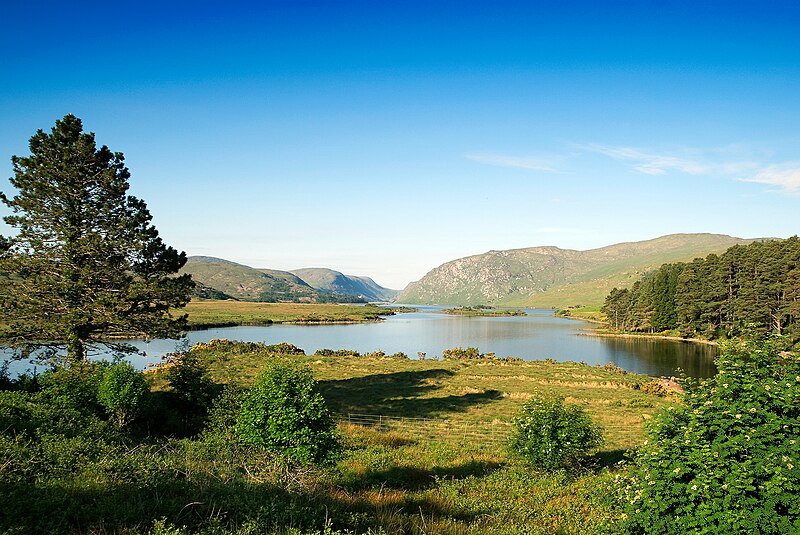
Parking
Glenveagh National Park offers ample parking facilities for you. A new car park development has created 60 additional spaces, providing more convenience and accessibility for you.
The entrance and car park are free, and while some activities within the park may require a fee, such as guided tours or shuttles, the basic admission is free.
Tours
There are various tours and activities available at Glenveagh National Park for you to enjoy. TourRadar offers 19 fully guided tour packages in Glenveagh National Park, including the 4-Day Donegal & the Wild Atlantic Way from Belfast and the 6-Day Adventurer Tour.
Walking Ireland provides tours that allow you to explore the wonderful gardens and enjoy a tour of Glenveagh Castle, offering a chance to experience the beauty of West Donegal.
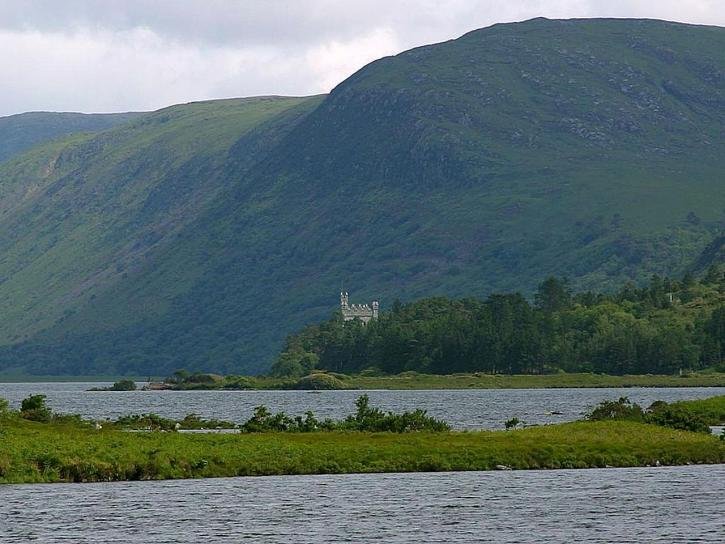
How to Reach Glenveagh National Park?
By Car: From Letterkenny, take the N15 to the park entrance, which is approximately 15 km away. There is a free car park at the park entrance, and you can also opt for a bus ride from the car park to the gardens for a couple of euros.
By Public Transport: You can check the Local Bus website for further details.
Glenveagh National Park Walks
Lakeside Walk
Time: 40 minutes
Distance: 3.5 km
Difficulty: Easy (mostly flat terrain)
Starting Point: Bus stop near Visitor Center
Ending Point: Castle gardens
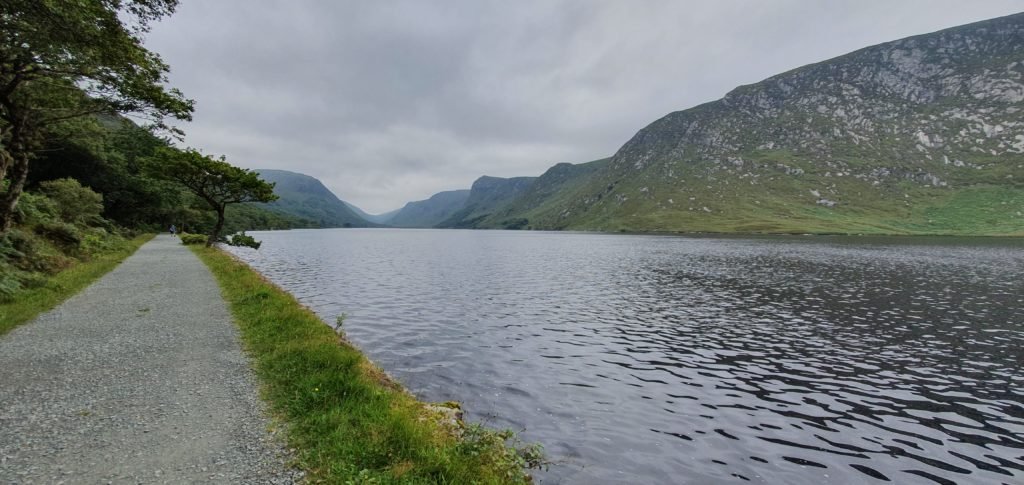
Derrylahan Nature Trail
Time: 45 minutes
Distance: 2 km (looped walk)
Difficulty: Medium (gravel track with flat and steep sections)
Starting Point: Close to the Visitor Centre
Ending Point: The Visitor Centre
The Garden Trail
Time: 1 hour
Distance: 1 km (looped walk)
Difficulty: Easy (flat gravel terrain)
Starting Point: Front of the castle
Ending Point: Back around to the front of the castle
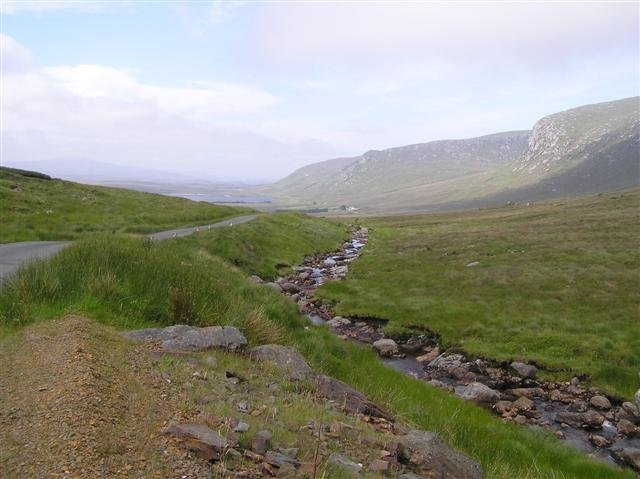
Glen / Bridle Path Walk
Time: 2 hours
Distance: 8 km (not a looped walk)
Difficulty: Medium (mostly flat gravel path rising over the last 3 km)
Starting Point: Back of Glenveagh Castle
Ending Point: Arranged collection point
Lough Inshagh Walk
Time: 1 hour 30 minutes
Distance: 7 km (not a looped walk)
Difficulty: Exercise with caution (stony dirt path ending on a tarred road)
Starting Point: Near Loughveagh, 0.5 km from the Castle
Ending Point: Arranged collection point
Natural Beauty
The geography of Glenveagh National Park is unique in the variety of its features; it boasts ranges of the pristine Derryveagh Mountain, a cascade of waterfalls, the profound Lough Veagh, and a vast oak woodland that is indigenous to Ireland.
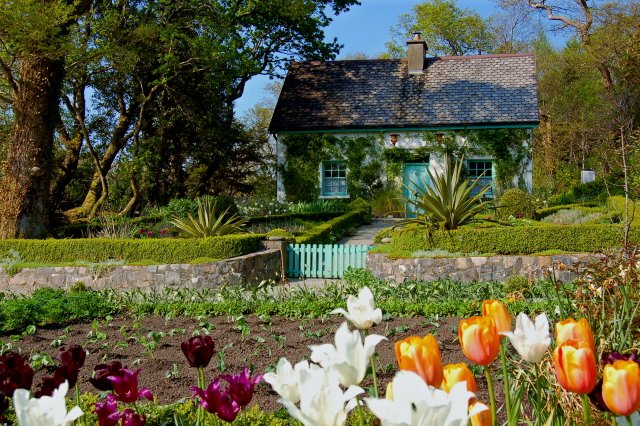
The oak woodland’s windbreaks shelter many rare and exotic plant species, including delicate plants from Chile, Madeira, and Tasmania, all adorned by a sweeping flurry of rhododendrons. Thus, Glenveagh acts as nature’s haven and is of utmost environmental significance.
Things to Do in Glenveagh National Park
Visit the Glenveagh Castle

Glenveagh Castle is a captivating Victorian-era mansion nestled on the shores of Lough Veagh in Glenveagh National Park.
In the year 1981, the gardens and the castle were handed over to the nation of Ireland by Henry P. Mcllhenny of Philadelphia. The government subsequently restructured the Glenveagh National Park area, governed by a body called the National Parks and Wildlife Service (NPWS).
Opening Hours: The visitor center is open from 09:15 to 17:30, and the castle opens at 9:45 and closes at 17:30.
Admission: Admission to the castle is €7 for adults, €5 for concessions, €15 for family tickets (no information on how many children), and free for children under 6. The park itself is free to enter.
However, I recommend you to check their official website for up-to-date information.
Wildlife Watching
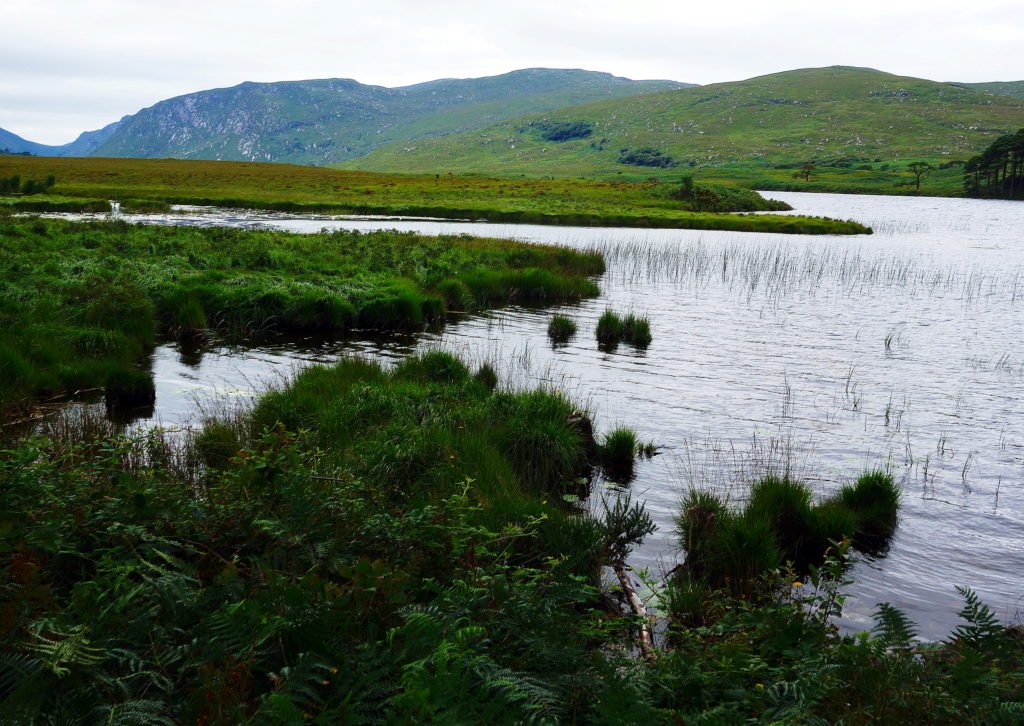
Teeming with life, the park has played a monumental role in the measures taken by the Republic of Ireland in protecting the environment and conservation of wildlife. The Glenveagh National Park houses the largest herd of red deer in Ireland, effectively controlling this rare species’ population all on its own.
The Golden Eagle, which was regarded to be locally extinct in Ireland for many years, resurfaced in Glenveagh National Park in 2000. Therefore it can be said that the park effectively resurrected the species from the brink of extinction.
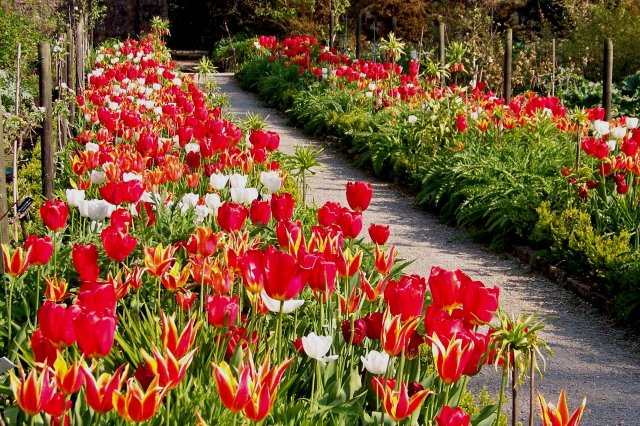
In the year 2019, the endangered species of Deer Tick showed a population surge in Glenveagh. The winter of 2018 and the spring of 2019 saw many non-native plant species disappearing from the park, thus setting it back to the state of an environmental reserve that is strictly natural without reservation.
Glenveagh National Park Walks
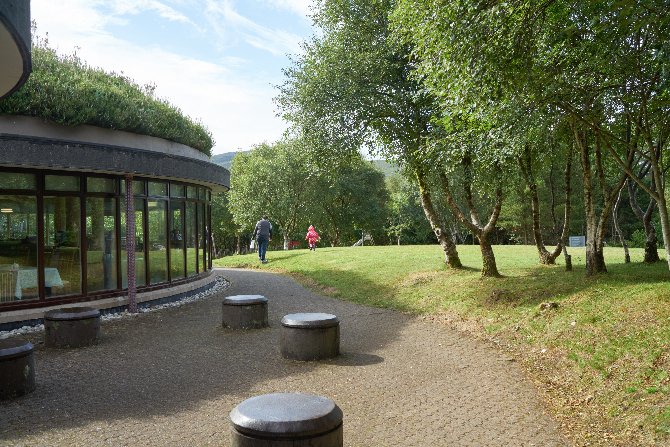
Given the enormous area and the maze-like valley, hillside Glenveagh National Park Walks can be challenging for anyone with no prior idea of the geography. Still, for your convenience, the Glenveagh National Park authorities give away several easy and well-defined walking trails.
The park also has a very popular Trail Walker to assist in Glenveagh National Park Walks. The popular tracks included in the Glenveagh National Park Walks are Lakeside Walk, Derrylahan Nature Trail, The Garden Trail, Glen (Bridle Path Walk ), Lough Inshagh Walk, View Point Trail, and Hill Walking.
From November to February, the visitor centre stays open from 9 am to 4:45 am. The last tour of the castle ends at 4 pm. Strict guidelines have been put in place to offer protection against the ongoing Pandemic. Read through the guidelines carefully before planning your trip.
Frequently Asked Questions (FAQs)
Is Glenveagh National Park worth visiting?
Glenveagh National Park in County Donegal, Ireland, is definitely worth visiting for its stunning natural beauty, rich history, and diverse range of activities.
What animals are in Glenveagh National Park?
Glenveagh National Park is home to a diverse range of wildlife, including mammals (badgers, foxes, otters, stoats), birds (golden eagles, wood warblers), reptiles, and insects.
Can you drive around Glenveagh National Park?
Glenveagh National Park is accessible by car, and several scenic drives around the park offer stunning views of the landscape. The R254 road skirts around the south edge of the park and is one of the most incredible drives imaginable.
How long is the walk at Glenveagh National Park?
The walks at Glenveagh National Park vary in length and difficulty, offering options for different fitness levels.
How far is Glenveagh National Park from Letterkenny?
Glenveagh National Park is approximately 15 kilometers (9.3 miles) from Letterkenny. Visitors can reach the park from Letterkenny by car in about 40 minutes, covering a road distance of 24 kilometers (14.9 miles).
Conclusion
Nestled in nature, Glenveagh National Park is one of the most beautiful places you will ever visit. Don’t wait for any further and start planning your trip now! Wondering about all the fun things you can do in County Donegal; Head over to our blog on Scenic places and tourist attractions in county Donegal by clicking here.
If you have some fun experiences from your trips that you want to share, let me know in the comment section below!




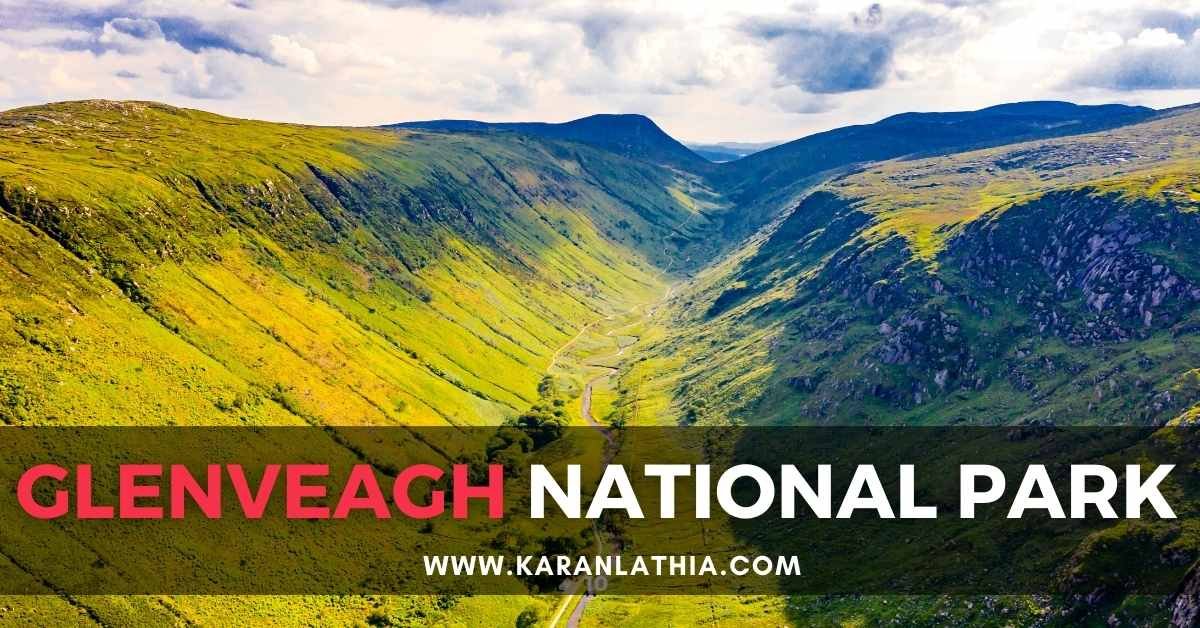

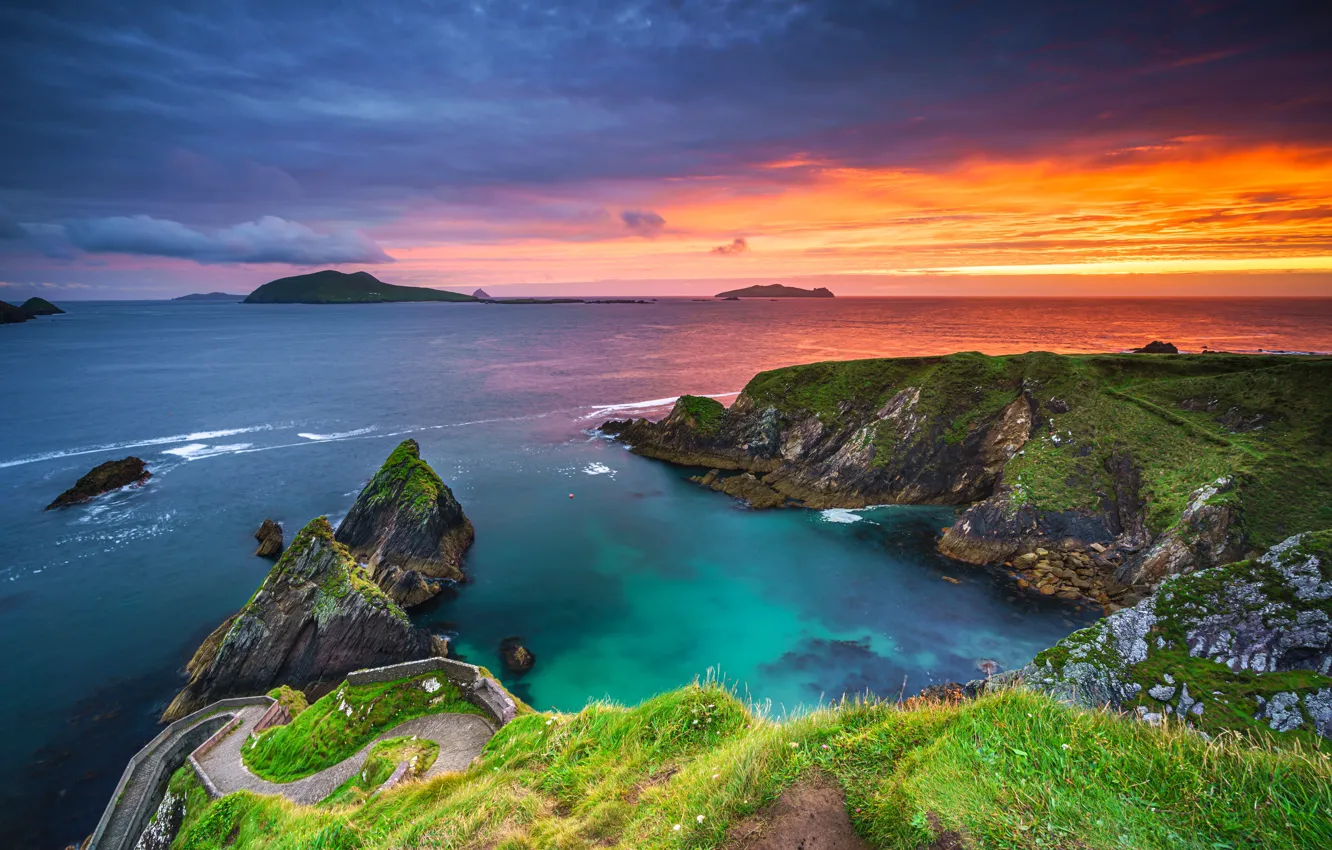
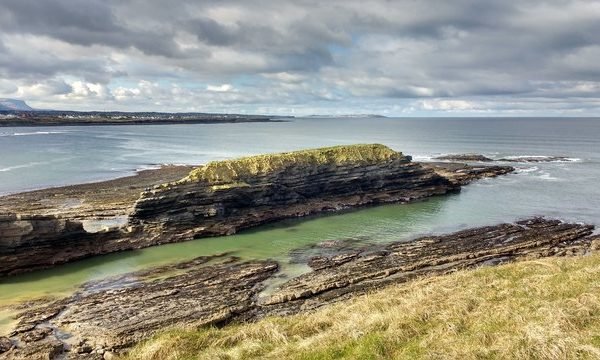
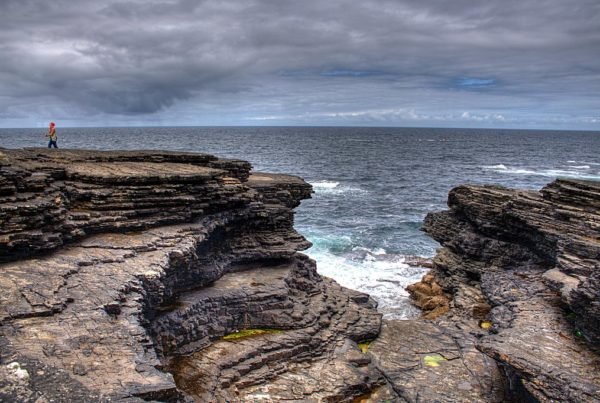
One Comment